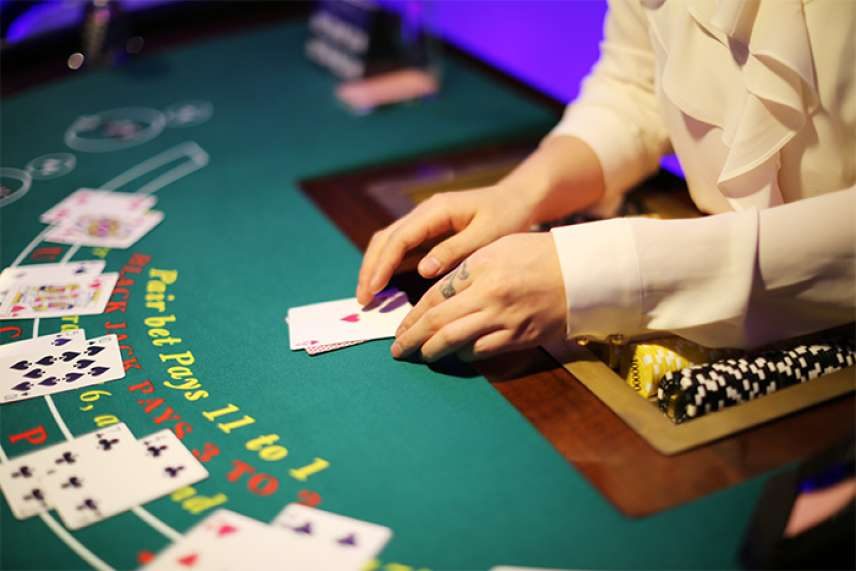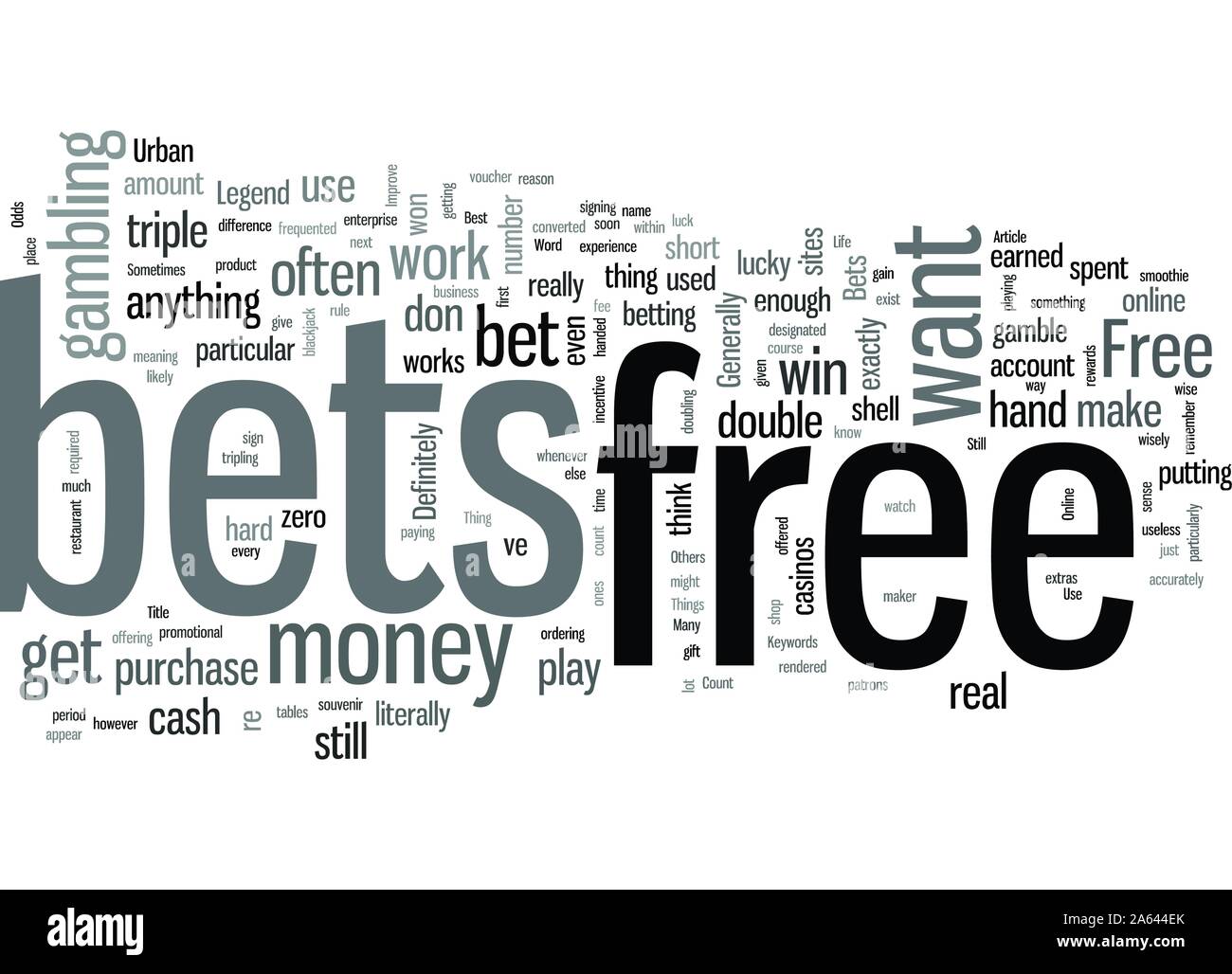Improving Blackjack Odds
Getting better at blackjack requires optimal strategy to maximize your EV. It is not necessary to count cards to make this happen. You can sustain a solid win rate if you know how to play your hands and manage your bankroll. The house edge against a recreational player is roughly 4-5% on average. Meanwhile, it is possible to give the house a sub-1% edge if you have optimal strategy. Odds-wise, blackjack can be the most profitable game for a gambler that knows how to play well.
To be better in the offline blackjack game and to be winning more at online casinos, we present you a basic strategy trainer. This useful tool will help you learn how to use the basic strategy, remember its basic recommendations and improve your winning odds in the game of blackjack. Single deck blackjack has the lowest casino edge of 0.16%, which gives the player better odds. Double deck games have a considerably low edge at 0.46%. Most land-based resorts and reputable online casinos use six to eight decks for blackjack.
The late surrender lets you give up the hand after the dealer checks for blackjack. You can lower the house’s advantage by late surrendering at the right time. Executing this strategy at a multi-deck table will create a 0.07% odds difference in your favor. Refer to the Wizard of Odds “when to surrender” page for more insight. The player is less likely to bust than the dealer. This improves the players’ odds of getting a win. Players are about 60% less likely to bust when compared to dealers. Why it is Difficult to Beat the House in Blackjack. Naturally, the casino whether online or land-based has to improve the odds of winning in the casino’s favor.
Learn Basic Blackjack Strategy
Many advanced strategies exist. You need to learn how to approach all different scenarios to maximize your win rate. Before you get too far ahead, start with learning basic blackjack strategy.


When to Hit vs. Stand
888casino offers a thorough hit or stand guide… You should reference this material when figuring out which approach makes more sense. The right decision is calculable but there are too many variables to cover every situation. The linked guide includes charts for 1 through 8 deck blackjack and also factors in specific playing rules. Remember, not every casino plays by the same rules. Your advantage will decrease if you fail to factor in the differences. It will be difficult to memorize all the different playing strategies. Focus on playing only where the rules are the same until you get enough experience to adjust to any ruleset.
Improving Blackjack Odds Games
Learn When to Surrender
First, it is important to know the different types of “surrendering” in blackjack. You have the “early surrender” and the “late surrender”. Early surrendering is not common in American casinos but it does exist in Asia and Europe. The early surrender lets the player give up the hand when the dealer has a 10-value card or an Ace.The difference is that the hand is forfeited before the dealer checks for blackjack. The late surrender lets you give up the hand after the dealer checks for blackjack. You can lower the house’s advantage by late surrendering at the right time. Executing this strategy at a multi-deck table will create a 0.07% odds difference in your favor. Refer to the Wizard of Odds “when to surrender” page for more insight.
Learn When to Split
Splitting pairs is an incredible way to increase your profitability. Typically speaking, you will have more value in splitting if the casino lets you “double after splitting” (DAS). If the rule is “no double after splitting” (NDAS) it will be less beneficial to split pairs.
The ideology behind splitting is as follows:
• On average, you stand to win a greater amount.
You already have a hand that is the favorite to win. Let’s use a pair of 10s as the example. In this scenario, pretend the dealer has a pair of 8s. The dealer must hit under 17 and will bust on anything higher than a 5 card. The dealer must stand over 17 which makes for few cases where the hand ends in a draw or the dealer wins. Your strategy here is to split the 10s and then play them like normal hands. You can re-split (if allowed) on equally strong hands to maximize your return on investment. The more hands you can create that put you as the winning favorite—the greater you reduce the house’s edge.
• On average, you stand to lose less.
A defensive strategy of splitting hands that are likely to lose can pay off. Pretend you have a pair of 7s and face up against the dealer’s 2 card. You will only win 36% of these hands. If you split the cards you have the potential to change the odds. You win roughly 45% of the hands you play when you get a 7 to start the hand. Thus, you will lose less money in the long run if you play defensively and split your hand.
• Your losing hand could become a winner.
It can be profitable to split a hand that is likely to lose if it means having a better chance to win the hand. You must consider what is better against the dealer’s upcard—your current hand or the one you have if you choose to split. A good example of this is a pair of 7s versus the dealer’s 6 card. 14 is very weak to stand on but hitting is a bad idea because you are likely going to bust. Splitting your 7s will give you the ability to start your two hands with 7 versus 6 instead. You win 52% of the time here which makes it a profitable play.
Learn When to Double
The option to double your bet comes at a cost. You will only receive one card. You can usually double down on all hands but some casinos only allow you to do it if you start with a 10 or 11 count. Doubling on 11 makes complete sense. Doubling on 10 is good if the dealer’s upcard is a 9 or lower. You should avoid doubling down if the dealer has an Ace. You do not have an advantage here and the dealer could have blackjack. Check out casino.org’s basic guide to doubling down to learn more.
Improving Blackjack Odds Poker
Other Factors for Profiting at Blackjack
Improving Blackjack Odds Game
People who study blackjack want to be long-term winners. The right strategies can help you dramatically increase your win rate. The other side of the coin is how you manage your bankroll. Why? Because, you need to be able to stand up against variance.

Consider variance when managing your bankroll.
A player with all the right strategies will only come out a winner 42% of the time. 8% of sessions will be breakeven. The remaining 50% will be a loss. These stats make it seem that your bankroll only needs to have a few buy-ins. But, it’s like flipping a coin and landing on the same side—this will happen four times in a row 1 in 16 times. If your bankroll only has four buy-ins, you have a 6.25% chance of busting your roll. Here are some rules of thumb for proper bankroll management…
• Your maximum bet should be 4-6x your normal bet.
• Your session bankroll should be 30-40x your normal bet.
• Your reserve bankroll should be 1,000-1,400x your normal bet.
By these standards, you start with roughly 33 session bankrolls. Your bankroll management strategy should be dynamic. Your bet size should go down if your reserve bankroll drops below a certain point. Likewise, it should increase if your bankroll goes above a set level. For example, you might want to increase or decrease your bet size by 20% when your bankroll fluctuates by that amount.

Conclusion
Being able to win at blackjack takes patience to learn the game. It’s all about knowing probability. Plus, understanding how to manipulate the outcome of any hand for your advantage. Counting cards or cheating at blackjack will not work out in the long run. Take the time to learn the game at an advanced level and increase your chance of being a winning player.